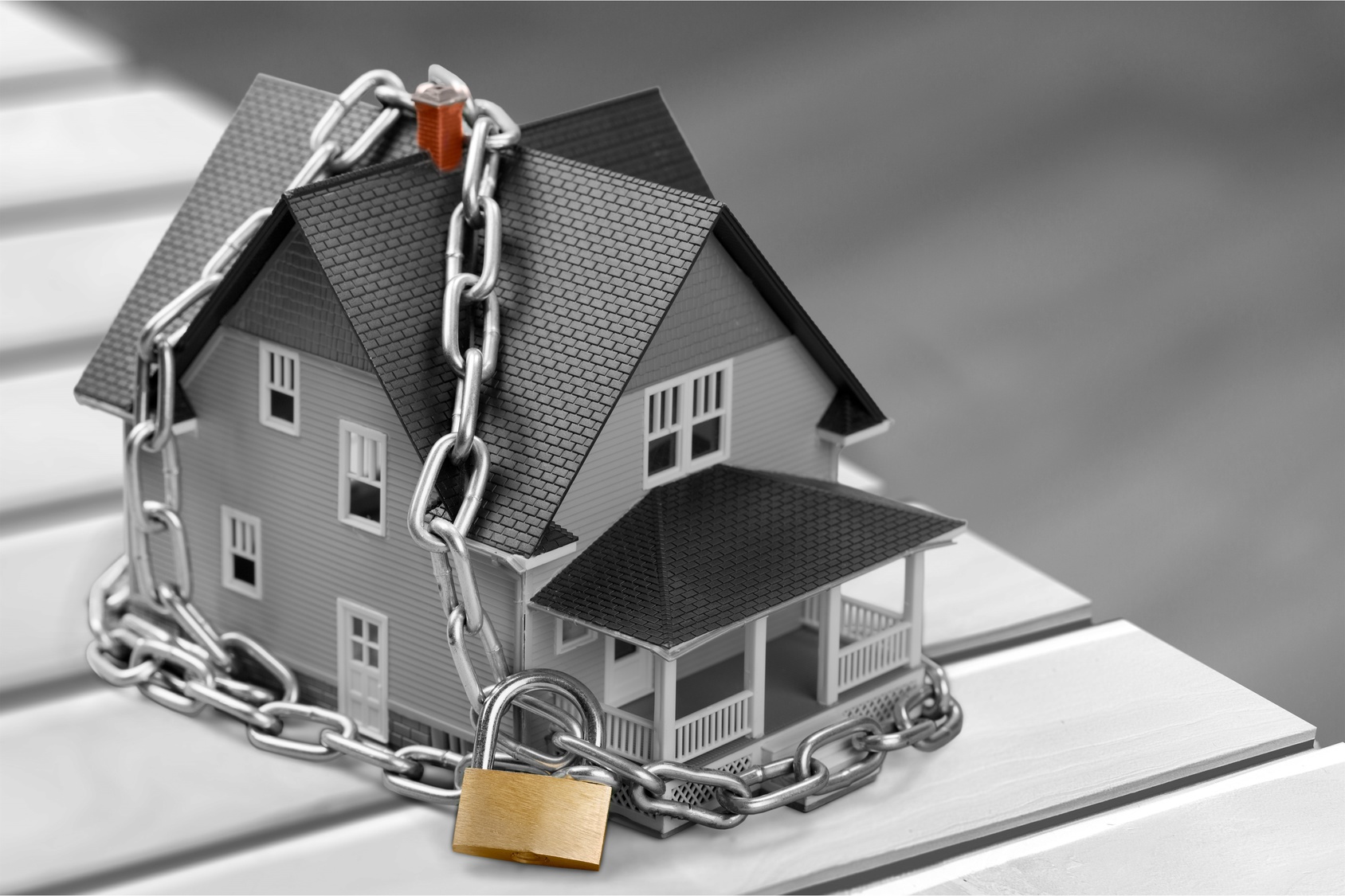Ways to make your home more secure
The surest way to protect against a break-in or home theft around the clock is with an ADT Home Monitoring System. American Home Alarms’ state of the art technology can be customized to fit your specific needs with alarm monitoring services. Here are other basic inside and outside precautions you can take to ensure your residence is safe and secure against unwanted visitors.
Inside
- All external doors should have durable, well-installed deadbolt locks with a minimum of a 1 ½” bolt. Metal or solid hardwood doors with 1 ¾” thickness are recommended. Security peepholes installed in front doors are simple ways to monitor outside activity. Sliding glass doors are vulnerable and should be secured with locks and outfitted with wooden jams or pipes in the track. For extra protection, insert a pin in a drilled hole in the door frame that extends to the fixed frame. This way, the door can’t be lifted off its track.
- Windows are favored targets of burglars. For double-hung windows, drill a downward angled hole and slide a bolt or nail into the top corners of the inside sash and partly through the outside sash or use keylocks to secure them.
- When you’re out of town, leave lights or radios on inside to give the illusion that someone is home. Consider purchasing timers that can randomly power on lights and radios. Leave shades, blinds, and curtains in their normal positions, but close them if people looking in can spot valuables like purses, tablets, laptops, cell phones, and electronics. Be mindful of posting your whereabouts via email or on social media sites that tip off people when you are out of town or gone for an extended period.
- When you’re in town, break your daily routine of coming and going every now and then so your schedule isn’t easily recognized.
- Barking dogs are one form of security against intruders, but they can be drugged and neutralized. Consider a home security system installed by an established company like American Home Alarms. Once you have an alarm system, get to know it so you’re not inadvertently tripping false alarms that neighbors will eventually ignore.
- Take inventory of valuables like jewelry, computers, and electronics. Written documents, photos, or videotaped records clearly showing serial numbers can help in the unfortunate event that your property is stolen.
Outside
- Take time to get to know your neighbors. Their eyes and ears are often your first defense and they can let you know of suspicious activity on your premises or people casing your property. Exchange contact information with neighbors who work from home or walk their dogs and agree to keep an eye out for each other. The Neighborhood Watch Program is among the most effective and inexpensive ways to prevent crime and includes homes and businesses.
- Lights armed with timers and motion sensors are a wise investment when you consider that estimates of the average loss of a residential burglary range from $1,700-$2,000. Position lights on porches, yards, and near entrances.
- Don’t leave mail, delivery packages, trash cans, flyers, or newspapers outside when you’re out of town. Suspend deliveries or have neighbors collect items and bring them inside. Break down containers that housed high-priced deliveries of electronics and appliances – don’t advertise new purchases to thieves.
- Trim leaves and bushes hiding doors and windows and cut tree limbs that could help thieves climb into windows. The majority of residential break-ins and burglaries occur in daylight between the hours of 9 a.m. and 3 p.m.
- Hiding keys in obvious places like mailboxes, under mats and under plants is risky. Give extra keys to neighbors you trust or hide them in inconspicuous spots.
- Maintain appearances: overgrown lawns, shoddy landscaping, broken lights, graffiti, and run down areas attract crime and make your home more likely to be targeted.
See Also: The Advantages and Disadvantages of Hiring a Buyers Agent




